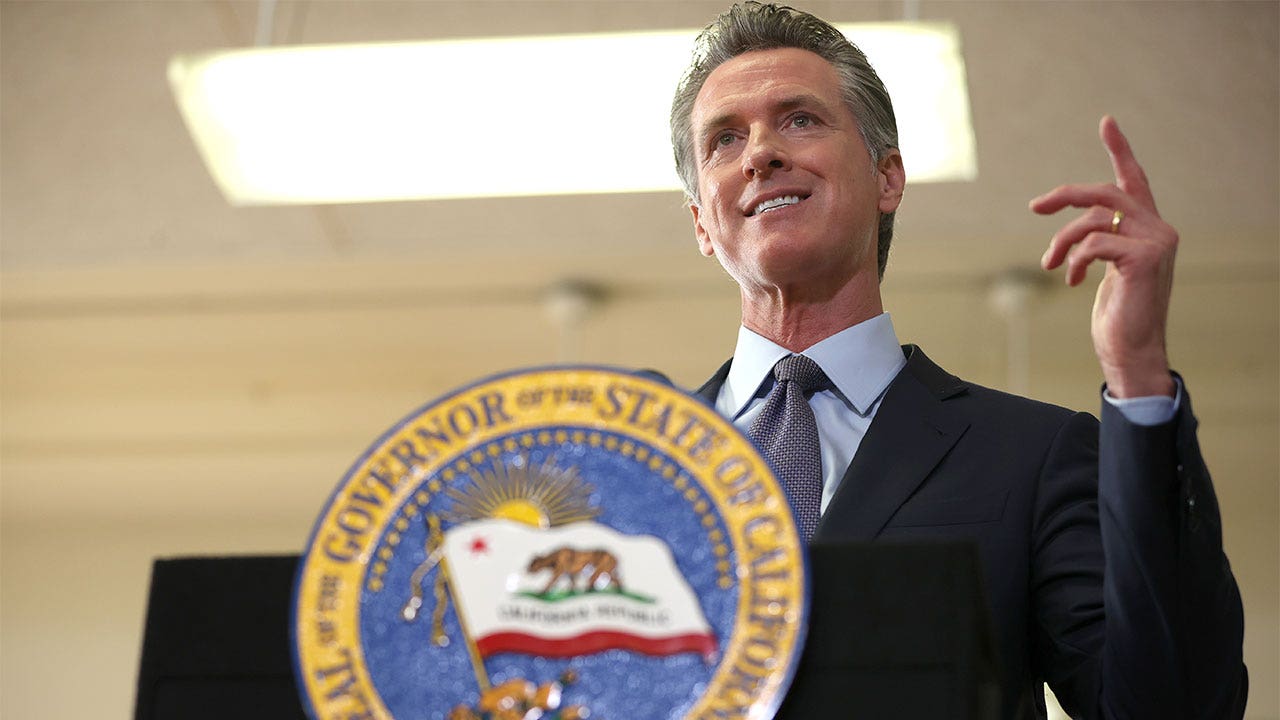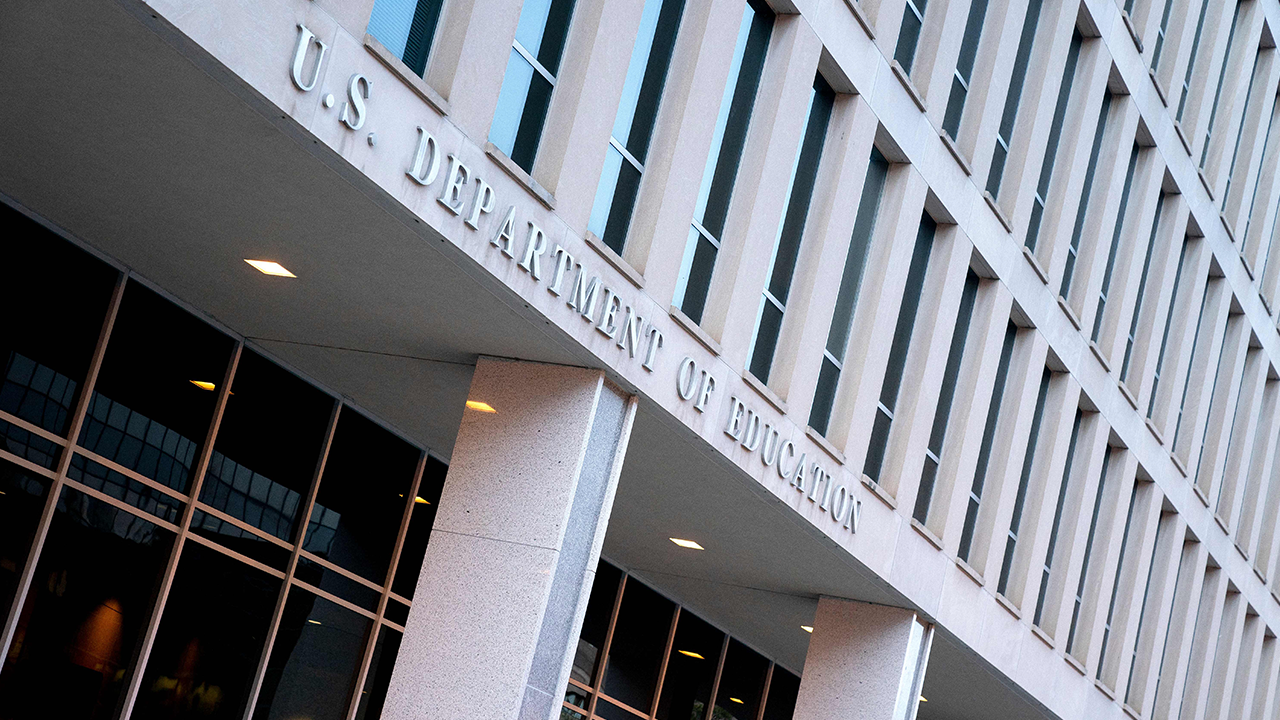If the speed of COVID-19 infectious-disease development and distribution has taught us anything, it’s that when government funds not just the discovery, but application and commercialization of life-saving medical treatment, it can de-risk the private sector in ways that will drive quick action.
We’ve seen how government subsidies and supports for the manufacturing process can speed distribution exponentially. And we’ve seen that when the government makes a life-saving treatmenta> free for all who need it, you can get more than 220 million vaccines into arms in fewer than 100 days. <.
And there’s no reason why we shouldn’t. Cancer is a pandemic too, even if it isn’t infectious. Last year, it killed nearly 10 million people, more than three times as many people as the coronavirus. And it will again this year and next year and the year after that – unless we do something big.
While it’s a national issue, it’s also personal for me; 2021 marks 25 years since I was first diagnosed with multiple myeloma, a rare and incurable blood cancer. It also marks 22 years since I was supposed to die.
CLICK HERE TO GET THE OPINION NEWSLETTER
When I was first diagnosed, there were no treatments for the disease. Nor was there a research foundation dedicated to finding them. I was lucky – and endlessly grateful – that new breakthroughs were there in time to save my life. I know that each year since has been an extraordinary gift. But I know, too, that my experience remains far too rare.
Cancer patients are often haunted by a petrifying kind of terror that I experienced myself: knowing there may be a new treatment just around the corner, but that you may not survive to see it. Slowness is the cruelest of enemies when you’re running out of time.
More from Opinion
Of course, there are a great many reasons to be hopeful about the future.
In the past two years, the FDA has approved more than 30 cancer drugs. If you’re a cancer patient trying to google your way to answers, you’ll read headlines that herald a new era in precision medicine that has been supercharged by genomic advances. New frontiers in immunotherapies have opened, as have new technologies like CRISPR.
There’s even an effort by the companies that developed the mRNA vaccines to leverage that same technology to develop cancer vaccines.
But this progress belies a foundational problem in our battle against cancer. The time between discovery of a new therapy and distribution at scale is painfully, unacceptably long.
I’ll never forget the experience when a friend of mine got herself into the first clinical trial for CAR T-cell therapy (CAR-T) for multiple myeloma. When I said goodbye to her, she weighed about 90 pounds, and I felt a foreboding sense that she would surely die. And yet, by a miracle, she went into remission – and stayed there. She gave an interview to a magazine sharing that CAR-T had cured her.
To “end cancer as we know it,” we need to use Warp Speed as a template.
And from the day that article ran, I received endless calls from myeloma patients, asking how they, too, could get access to CAR-T. What they didn’t realize then was that it would take another five years for the therapy to be approved for multiple myeloma, which it was this spring. The number of patients who died holding out hope in the interim is too many to count –and too many to bear.
Of course, even FDA approval doesn’t always translate into access. When patients come to me newly diagnosed asking for advice, the first thing I tell them is how essential it is that they find the right team at the right treatment center. Because the hard truth is that the newest, most exciting treatments are rarely widely available.
 Video
Video
But how many people can temporarily move to Philadelphia for treatment at the University of Pennsylvania on a moment’s notice? And among them, how many can afford to pay for treatment, given how few health insurance plans cover out-of-state care? A single CAR-T treatment costs as much as $500,000. And it may be years before we even know if it’s better than alternative treatments. This is an option for the privileged, and even then, only the few.
The advice I have to give patients on how to navigate the system is an indictment of the system, itself. Fighting your way through it requires every ounce of energy you have. The cancer requires that, too, and it is exhausting.
CLICK HERE TO GET THE FOX NEWS APP
In years past, we might have accepted this reality as unavoidable and impenetrable. But our experience with the coronavirus vaccine has put a lie to that argument.
To “end cancer as we know it,” we need to use Warp Speed as a template, and demand the political will required to get the job done.
 Iktodaypk Latest international news, sport and comment
Iktodaypk Latest international news, sport and comment






